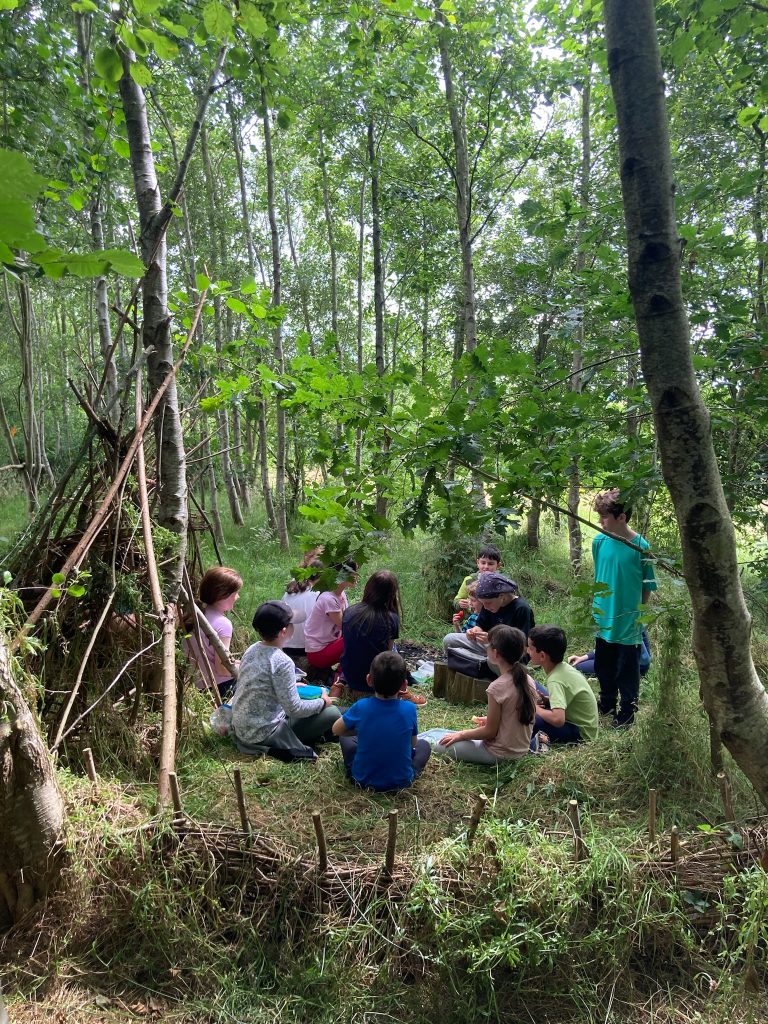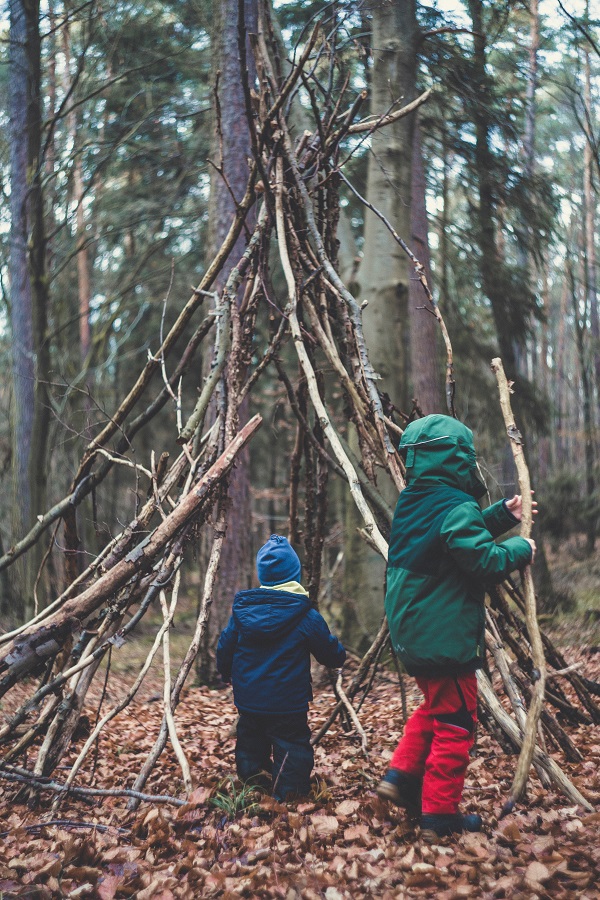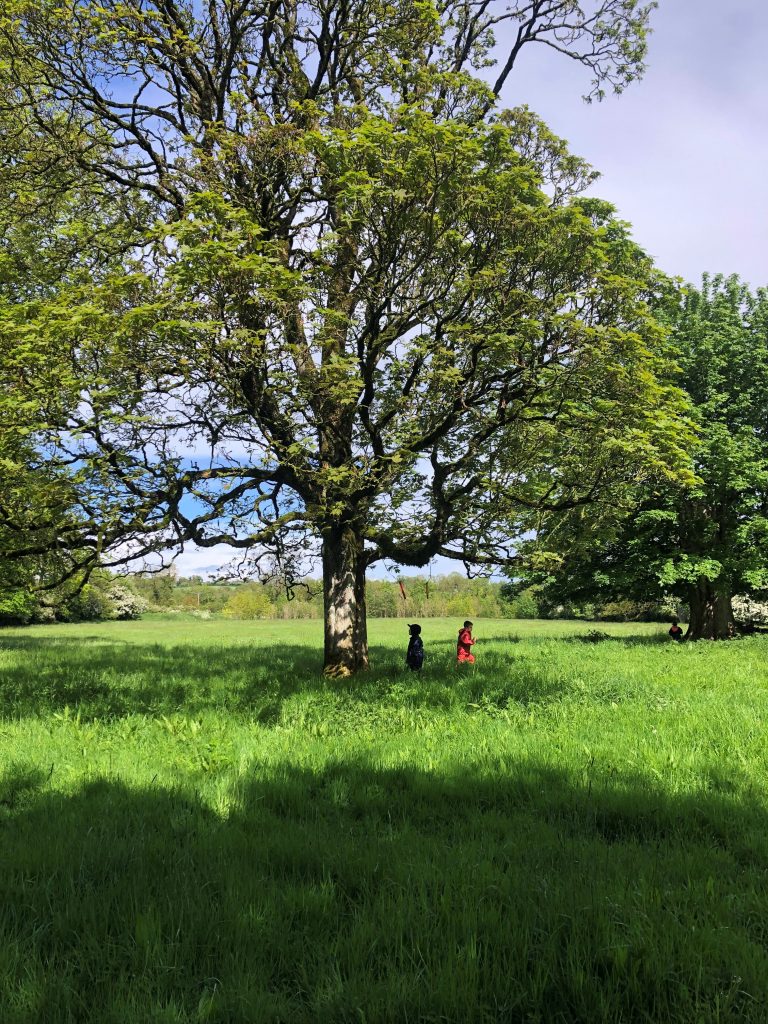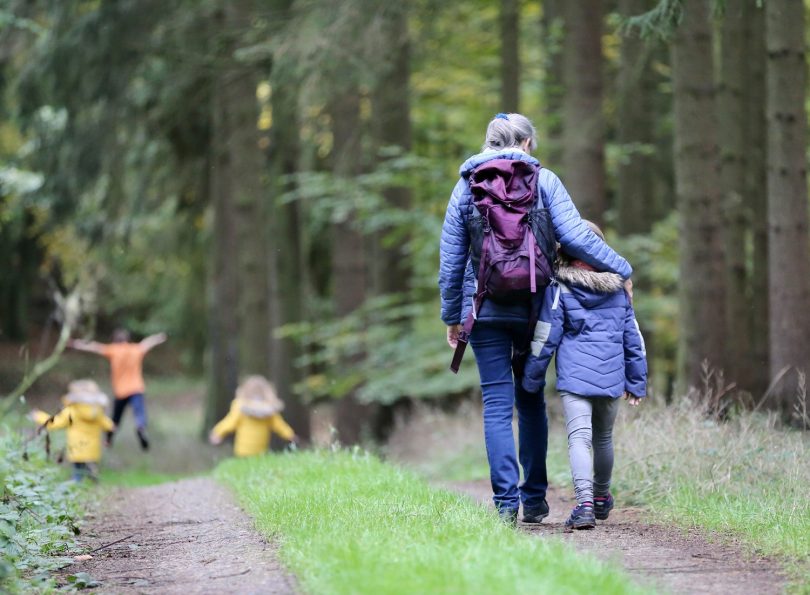What are your most memorable moments from childhood? If you ask older people, most of them will talk about playing outdoors. “Out the door in the morning, home late, and our parents had no idea where we were!”
Research1 shows today’s children spend less time in nature than previous generations. Families are increasingly time-poor and modern urban landscapes often don’t allow for easy access to green space. In addition, a disproportionate culture of fear in the media and online has led to a risk-averse approach to education and play, both in school and at home.
In the past, a connection with nature was something central to our lives; the many physical, mental and community benefits were so self-evident as to be taken for granted. Like many good things in life, you don’t know what you got ‘til it’s gone. Author Richard Louv, who coined the term ‘Nature Deficit Disorder’, also highlights this generational amnesia regarding our nature connection. Ciara Hinksman, Founding Chair of the Irish Forest School Association says, “If we have a generation that is disconnected from the outdoor experience, then that means the next generation has no memory of it.”2


On the upside, there is a growing awareness of the importance of the nature connection in our lives, and especially in the lives of children. We see this in both government and community initiatives, and in the growth of outdoor learning and Forest Schools.
Forest School is a child-led, play-based outdoor education approach, which came from Scandinavia. Children visit a wild space for regular sessions throughout the year. The sessions are facilitated by trained professionals, and the children explore their space, play games, learn about nature, practice bushcraft and tool skills, and challenge themselves physically. Because the activities are guided by the participants’ abilities and interests, sessions also benefit the whole community; older people, those with special needs and new arrivals to this country.
Regular and long-term sessions in nature improve the mental and physical health of participants3 through time spent outdoors, repeated opportunities to practice resilience, and building of communities through play, teamwork, fire circles and especially food!

In Ireland, the Irish language has a special place in Forest School – the names of flora and fauna as Gaeilge are often literal, named for their uses, their appearance, their habitats and even their superstitious associations. There is a wealth of folklore carried in a name! Writer Manchán Magan has highlighted the layers of ancient knowledge that are encoded within the Irish language in his popular books “Thirty Two Words for Field” and “Listen to the Land Speak”.
Childhood is only twelve summers. Make them count. Let’s prioritise re-connecting with nature, and raising a next generation of healthy resilient young people who have a strong relationship with nature and with their communities.
References:
1 Natural England. 2011. Children and the Natural Environment: Experiences, Influences and Interventions.
2 Irish Times Article: Why children need to go in the woods today. Sheila Wayman, Tue Nov 26 2013
3 Barton, J. & Pretty, J. 2010. What is the Best Dose of Nature and Green Exercise for Improving Mental Health? A Multi-Study Analysis. Environmental Science & Technology. 44, 3947–3955.
Den building photo by Markus Spiske on Unsplash
Main photo by Juliane Liebermann on Unsplash



